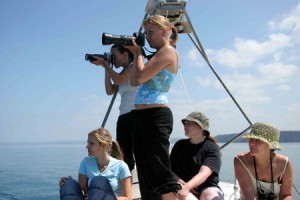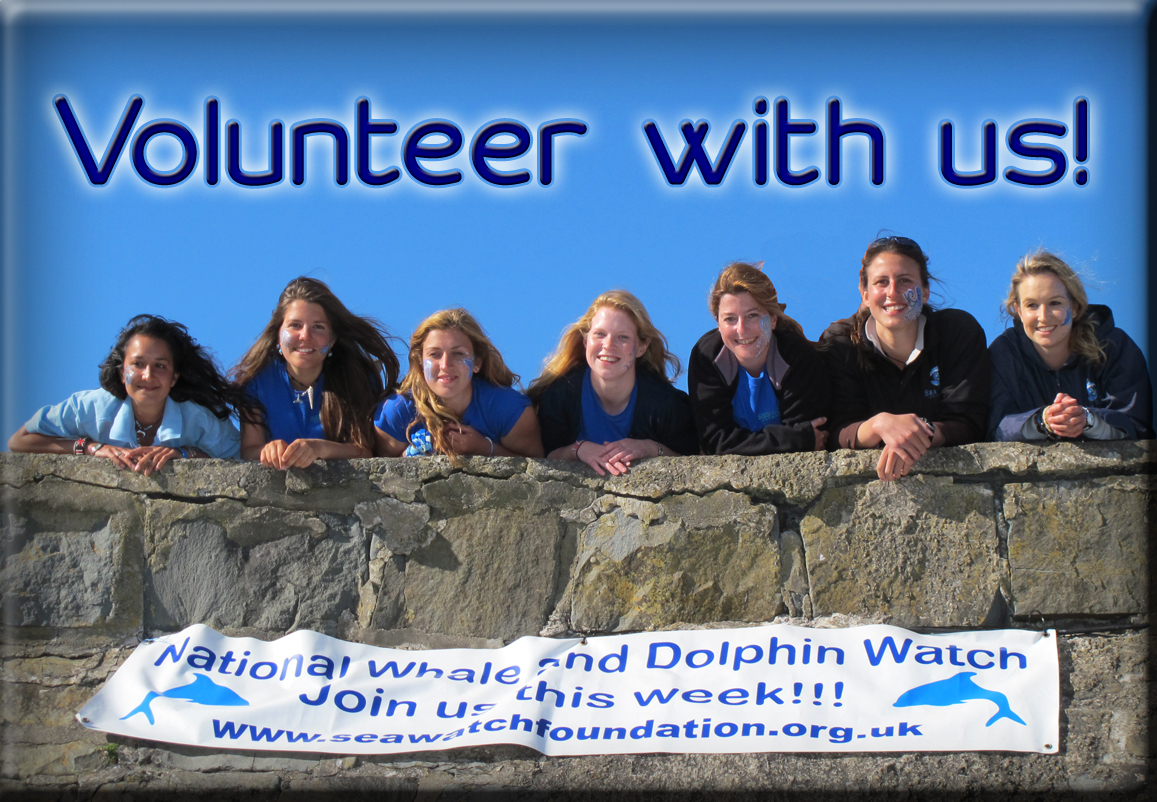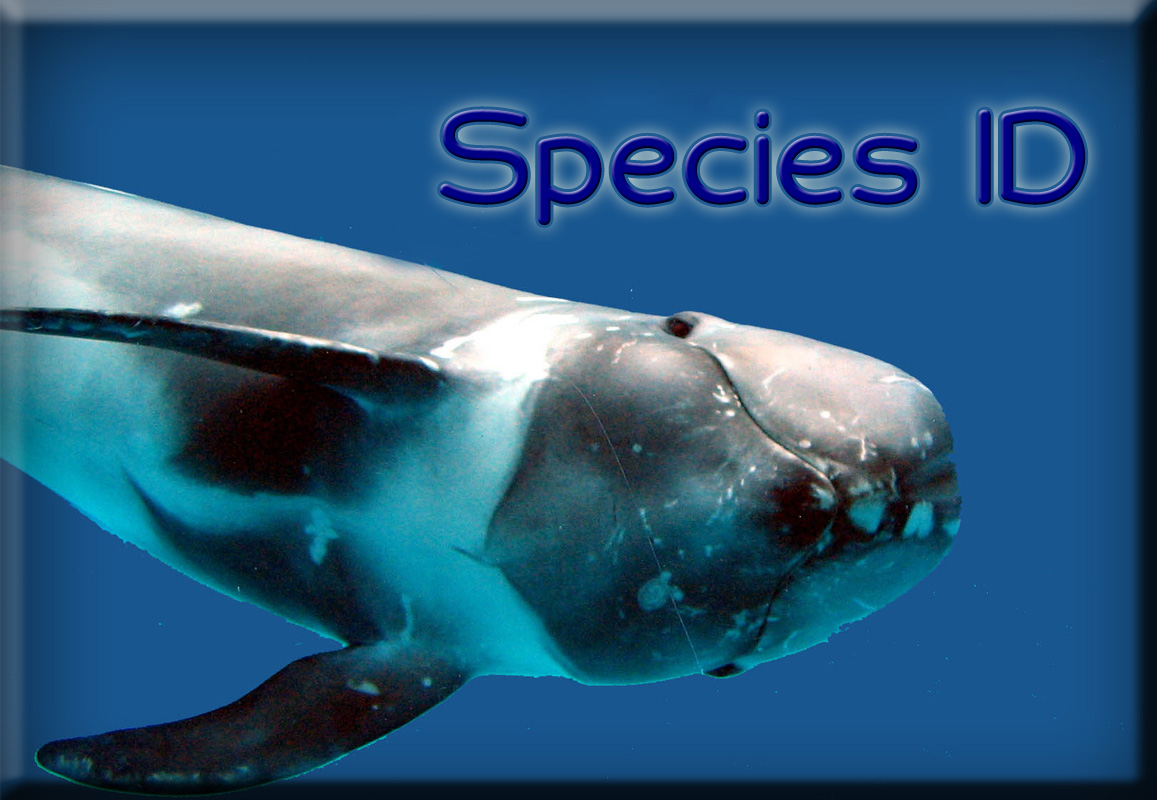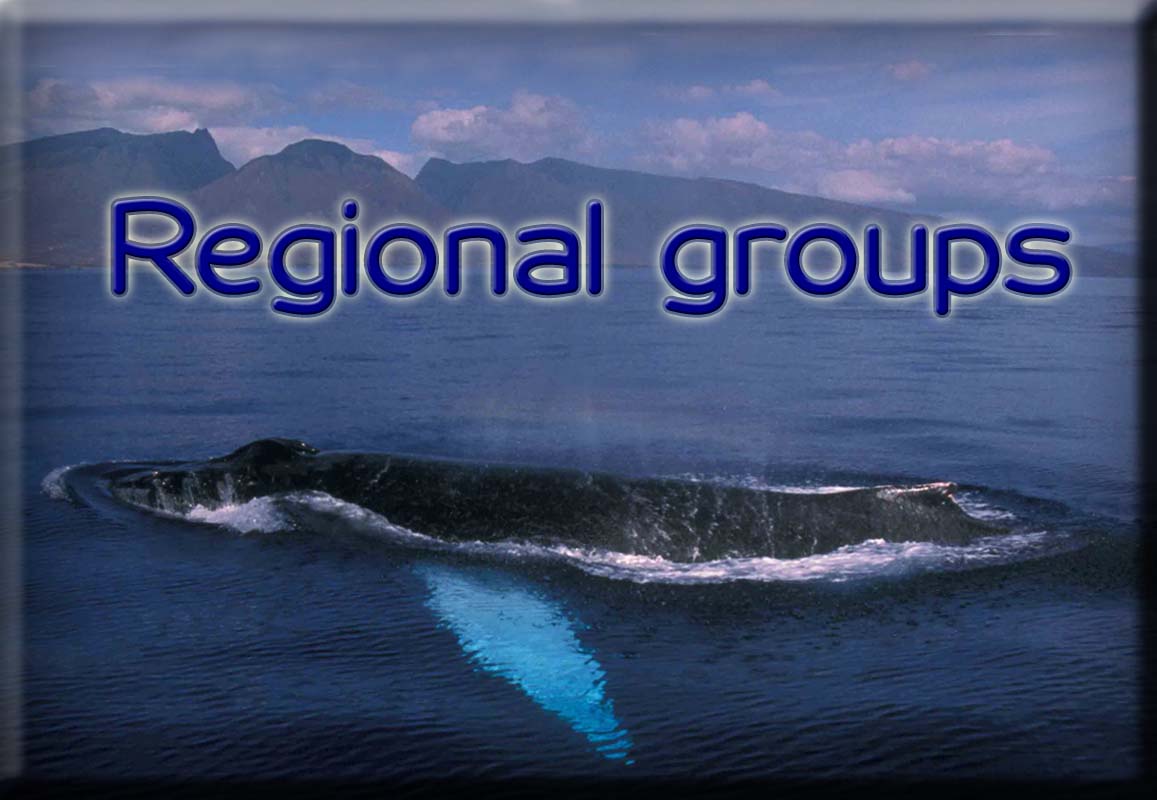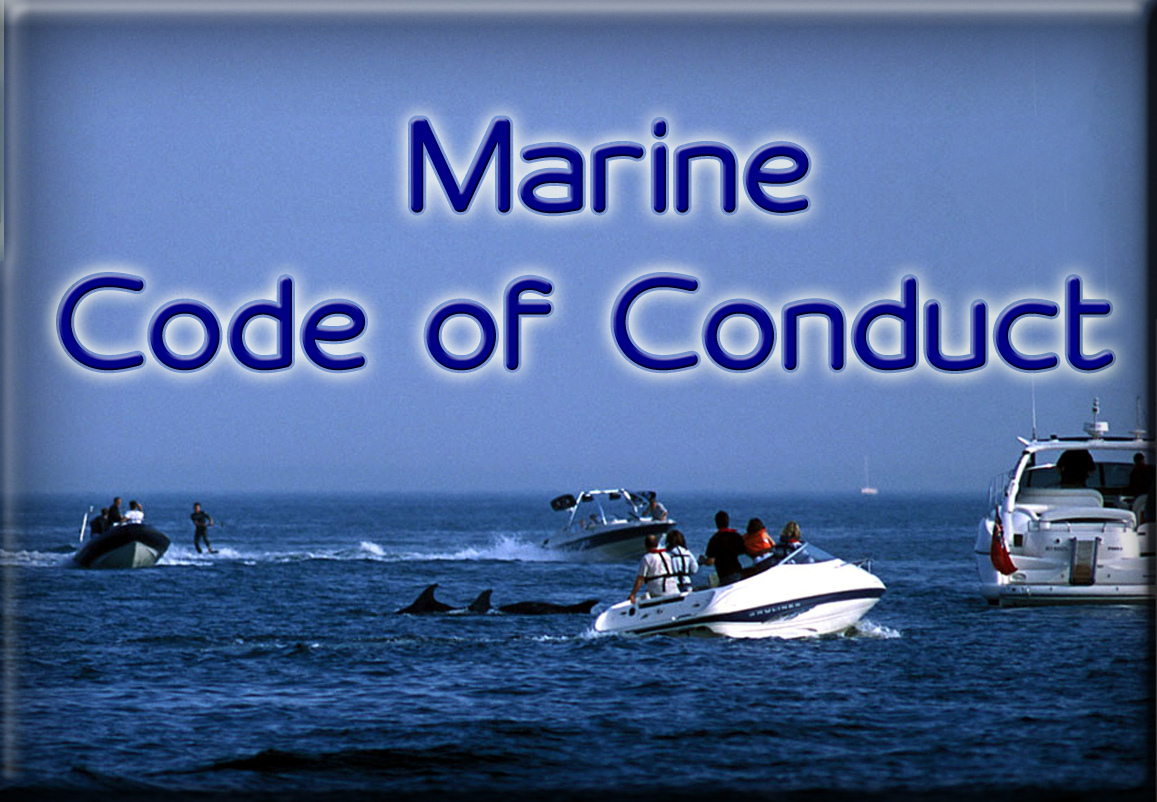Land-based observations
Land-based observations
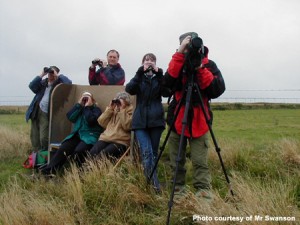 Cetaceans are not easy to see, especially when there is a swell on the sea. Often the only view one has is of a small fin (particularly if it is a porpoise), and if the sea is rippled in any way, that can be easily hidden. If it is possible to get close to the cliff top by viewing from a car or a building, this makes viewing conditions much more comfortable for the observer, an important consideration when it is cold or windy or there are rain showers. This obviously applies particularly to winter watches.
Cetaceans are not easy to see, especially when there is a swell on the sea. Often the only view one has is of a small fin (particularly if it is a porpoise), and if the sea is rippled in any way, that can be easily hidden. If it is possible to get close to the cliff top by viewing from a car or a building, this makes viewing conditions much more comfortable for the observer, an important consideration when it is cold or windy or there are rain showers. This obviously applies particularly to winter watches.
The best way to conduct a watch is to continually scan the sea surface with the naked eye, interspersed at intervals with binocular scans. Binoculars are essential; whilst in some circumstances a telescope can also be very helpful. Choice of binoculars depends upon personal taste and resources. Obviously the more expensive makes such as Leica, Zeiss, and Swarovski give the best results, mainly because of their higher resolution and greater light-gathering power. If a telescope is used, it is important to have steady tripod or, in the case of viewing from a car, a window clamp.
During the scans, either with the naked eye or with binoculars or telescope, look for any disturbance of the sea surface. More often than not this will be the result of a wave breaking in the surface, but it is generally the first sign of a cetacean as it surfaces. Watches are best conducted on calm days when there is little surface turbulence for this very reason. If waves are continually breaking it becomes very difficult to pick out instances when the surface has been broken by a whale or dolphin. If seabirds are seen circling or diving in an area, it is worth checking these out with binoculars since dolphins or whales may well be associated.
Once you think you have seen something, concentrate your binoculars on it for a minute or two. If it is actually a cetacean, it may take that long for it to reveal itself again. Indeed, some whales may remain beneath the surface for several minutes by which time they could have moved some distance away. It is therefore wise to also scan on either side for a while.
All cetaceans observed should be logged on either the simple sightings recording form (for repeat records that do not need a description or details of behaviour) or a more detailed cetacean sighting recording form. If you are doing timed watches (recording start and end time of the watch), please use the land-based effort recording form.
Systematic watches are best carried out either in the early morning (for example, a couple of hours after dawn onwards) or late afternoon (up to a couple of hours before dusk) because those are the times when lighting conditions are at their most favourable. However, do not be deterred it you have to watch at some other time.
There is no ideal duration for a watch. Much depends on the frequency with which cetaceans occur in the locality. We recommend two- to four-hour watches becasue they provide a compromise between the minimum length of time that is worth watching for (one hour) and the ideal length of time to maximise chances of seeing a cetacean (around five hours). If watches are sustained for very long periods, one may also lose concentration. If watches are conducted involving more than one observer, be careful that one is not tempted to be distracted in conversation.
The greater the frequency of watches, the more useful the information collected. This is mainly because it increases the chances of recording cetaceans that at the best of times may pass undetected. Weekly watches are recommended, and to achieve this it may be worth considering operating a rota system involving a number of volunteers. The watches need not be spaced exactly a week apart. Indeed, it is more important to pick a relatively calm day where possible. Although the time of day and duration of watch are best kept fairly constant, this is not absolutely essential so long as the start and finish times are at least recorded. If weekly watches are not feasible, it is also better not to give up entirely – fortnightly or monthly watches are cetrainly better than nothing.

